Chinta Valley: Where the Horizon Breathes Calm

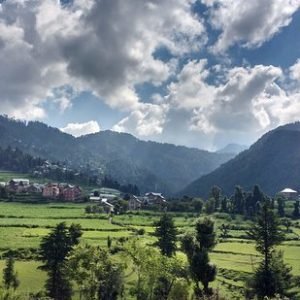
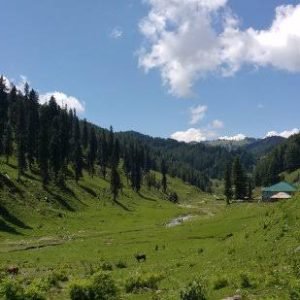


Table of Contents
Toggle1. Introduction
Chinta Valley, located in the Bhaderwah region of Jammu and Kashmir, is a beautiful valley celebrated for its pure natural beauty, romantic landscapes, and peaceful surroundings. Situated in the Himalayas, the towering giant of the mountain range, Chinta Valley is a great getaway place for nature lovers, travelers, and adventure seekers. Flanked by streams and meadows and covered by thick foliage, this valley is a divine sight with snow-capped peaks and untouched wilderness giving perfect views. Chinta Valley is a valley called after the Chinta River, which flows through it and adds to the beauty of the place.
2. Geography and Location
Chinta Valley is located within the Bhaderwah Tehsil of the Doda district of Jammu and Kashmir. As Bhaderwah is known as the “mini-Kashmir” due to its panoramic beauty, it is 25 kilometers away from Chinta Valley. The valley is located at an elevation of approximately 2,000 meters above the sea level and is bordered by the lesser Himalayas mighty mountains. It is known for its topography marked with undulating hills, alpine forests, and grassy meadows which are an ideal destination for nature lovers and trekkers. It is a part of the Chenab Valley region that showcases high levels of biodiversity and stunning landscapes.
Coordinates: Latitude 32.9833° N, Longitude 75.7167° E
It’s a wonderful destination for nature lovers who prefer not to get bogged down in the tourist circuits of Kashmir and Ladakh. The valley is encircled by lush green pastures and pine forests, and the serenity that encompasses it gets supplemented by a central moving Chinta River, adding a picturesque touch to the overall environment.
3. History and Cultural Significance
The history of Chinta Valley is no different than the greater history of the Chenab Valley and region Bhaderwah. Though relatively unknown compared to other popular tourist spots in Jammu and Kashmir, it has long been a place of high cultural and religious value for the locals. Bhaderwah region itself has centuries-long history and its location in between Kashmir and Himachal Pradesh has made it a place with many cultural influences.
The religion-wise importance of this valley is attributable to the Sarthal Devi Temple that is an important place of pilgrimage and falls within easy reach of the valley. Thousands of devotees gather there for festivals. Folk songs and dances constitute an important part of the valley’s folk lore, are an integral part of the regional culture characterized as a syncretic mix of Kashmiri, Dogra, and Himachali elements.
4. Climatic features and Best time to visit
Chinta Valley offers nice weather throughout the year, thus ideal for all those traveler souls who can look for peace among nature.
Spring: Spring is one of the best seasons to visit Chinta Valley. Lush green meadows with wildflowers blooming everywhere. And in this time of spring, the temperature varies between 10°C to 20°C, thus quite comfortable for trekking and exploring the valley.
Summer (June to August): The summer months of June, July, and August bring pleasant temperatures to the valley between 15°C to 25°C. This is the time when tourists throng the valley and people can be seen trekking, camping, or engaged in fishing amidst the touristy miles.
Autumn (September-November): The other good season for visiting Chinta Valley is autumn. Clear skies and nice temperatures of 10-20°C (pleasantly warm) make this the excellent season for trekking, and the color of the trees in this season creates a simply magical atmosphere of scenery.
Winter (December, February): Winters are severally cold in Chinta Valley as it reaches below zero levels, especially during January and February. The valley is covered with snow and is not less than a winter wonderland. Being an adventurer-trekkers’ paradise some adventurous people love to visit Chinta Valley in the winter for snow trekking or photography but the valley can become all inaccessible when heavy snowfall is witnessed.
Best Time to Visit: The best time for the visit to Chinta Valley is during summer and autumn. The months of June to August and September to November respectively are considered the perfect times for tourists. During these months, one can enjoy the best outdoor weather for a variety of fun activities and exploration around.
5. Places to Visit in Chinta Valley and Around Chinta River
One of the most enchanting attractions of the valley is its Chinta River that flows through it. The river with very clear water and shows the beauty of the mountains and forests around. This river has been considered a fantastic place for picnics and for a nature walk along the banks of the river. People come there to angle and fish and spend some peaceful moments by the river.
Velvety Green Pastures and Forests
Chinta Valley is a place, where lush green meadows invite one for long walks, meditation, or just sitting back in the open. The meadows are abounded by thick pine and deodar forests; this adds to the serene nature of the valley. The forests are also the home of various bird species; therefore, this valley is a great hub for a keen eye for birds.
Trekking Trails
For adventure lovers, there are many trekking trails in Chinta Valley that take you through nice forests, meadows, and alpine landscapes. One of the most popular treks takes you to Himman Lake, a lake at a great altitude, surrounded by pure, unspoiled natural beauty. During the trek, you get picture postcard views of the entire mountains and the valley surrounding this area.
Himman Lake
Himman Lake lies hidden in the higher reaches of Chinta Valley. The treks to this serene lake take visitors through dense forests, along brooks and meadows that greet one at every step. Thus, the visual treat of the lakes with towering peaks and unexplored wilds increases the charm for camping and photography.
Bhal Padri
Bhal Padri is a beautiful meadow near Chinta Valley. Famous for a vast green pasture, Bhal Padri offers panoramic views of mountains and forests. This place is suitable for picnicking and nature walks while camping here. The less crowded atmosphere makes it more enjoyable, moving farther from the noise of civilization in solitude.
Sarthal Devi Temple
Sarthal Devi Temple is located not so far from Chinta Valley and is one of the most important places in the Bhaderwah region for the pilgrims. This temple is dedicated to Goddess Durga. It stands atop a hill and offers a panoramic view of the surrounding sceneries. During festivals like Navratri, it tends to get more crowded due to people visiting the temple to get their respective gods’ blessings from across the region.
6. Flora and Fauna
The valley is a treasure trove of biodiversity with megalithic structures on account of its location in the lesser Himalayas. The valley’s forests are highly diversified with varied flora and fauna making it a natural paradise for the lover of nature.
Flora: Pine, deodar, and fir trees prevalently dominate the valley, giving dense forests on the hills. Wildflowers found on the meadows include daisies, buttercups, and orchids. In spring, when the blossoms spread over the valley, it adds an artistic hue on the valley.
Fauna: There are many species of fauna found within this valley, including the Himalayan black bears, leopards, musk deer, and birds. The different species of birds that can be seen include Himalayan Monal, pheasants, and woodpeckers. The various streams and rivers in the valley have fish species such as trout, which anglers can avail themselves to go fishing.
7. Native Culture and Customs
Chinta Valley holds a rich diversity of cultural heritage at the personal level; its ethnic groups encompass Dogras, Gujjars, and Kashmiri Pandits. The folk music, dances, and festivals in the region present a pleasant blend of both the traditions of Kashmir and Dogra. The folk theater, Bhand Pather, is sung on other festival occasions. Many artifacts are also produced among local artisans, and visitors may buy souvenirs in their intricate embroidery, shawl weaving, and woodcraft.
8. Adventure Activities in Chinta Valley
Trekking
Chinta Valley offers different trek options from easy nature walks to challenging treks moving to higher altitude trails like Himman Lake. The trails go through dense forests, alpine meadows, serene landscapes with beautiful views of the Himalayan peaks.
Camping
Camping in Chinta Valley is very much in demand because the valley is quiet and scenic. Arrangements for camping sites can be done near Chinta River, amidst meadows, or even higher at Himman Lake, so a night under the stars with nature around would be just perfect.
Birdwatching
Chinta Valley is a haven for bird enthusiasts, offering its viewers rich bird life. The birds in the mountains as well as the meadows are diversely populated with species such as the colorful Himalayan Monal and other mountain birds. Its best time for birdwatching is in the early morning hours when most of the birds are active.
Fishing
Fishing is one of the most relaxing recreational activities taken among the tourists to Chinta River, while various species of trout make it a good fishing ground for many fishermen. Visitors can spend long hours at the river, enjoying serene environments while they fish.
9. Accommodation and Food
Accommodation Options: Chinta Valley has options that suit every pocket and preference. Since this is not an in-demand destination, you won’t find large luxury hotels, but cozy guesthouses, homestays, and camping options abound. Some of the main types of accommodations you have to select from in the region are listed below:
Guesthouse and Homestay: The guesthouses and homestay have become the mode of stay in Chinta Valley. These guesthouses and homestay are run by the local families. A homestay experience will make the guests feel like home and will get the taste of local home-cooked food while also experiencing traditional hospitality from the valley. The tourists can enjoy the local culture if they are willing to spend time with their friendly and warm-hearted villagers.
Camping: For adventure enthusiasts and nature lovers, camping in Chinta valley is a perfect way of experiencing the beauty of the valley. Many camping sites have been designated, providing not just safe spots to pitch a tent but also the choice of scenic locations. Trekking agencies offer camping with staff, meals, and logistics.
Common dishes:
Rajma-Chawal: This is a staple in the region, and Rajma (kidney beans) made with flavorful spices served with rice is a comforter to locals and visitor crowds.
Kahwa: A must-have while staying in Chinta Valley is the traditional Kashmiri green tea infused with saffron, almonds, and spices, which comes into particular popularity during the cooler months.
Rogan Josh: The most favourite of non-vegetarians, Rogan Josh is a dish as heavy and fragrant as the lamb used to make it. Flavoured more intensely by the mix of Kashmiri spices, it is prepared.
Madra: One of the staple dishes of Dogra cuisine, curd and chickpeas are slow-cooked with many spices mixed in and generally accompanied with rice or rotis.
Trout from the Chinta River: Fish enthusiasts can enjoy local trout freshly caught and cooked in any style they prefer. More often than not, locals in the homestay or guesthouse will be able to prepare it for you.
10. How to Reach Chinta Valley
By Air: Satwari Airport, located at a distance of 200 km from Chinta Valley, offers easy connectivity. Regular flights ply to important cities like Delhi, Srinagar, and Chandigarh. Taxi or bus facilities are available from the airport up to Bhaderwah and then to Chinta Valley.
By Train: The nearest broad gauge railway station is Jammu Tawi, which is about 190 km from Chinta Valley. Jammu Tawi is well connected with all other cities of the country through regular train services. One can hire taxiable and public transport to Bhaderwah from the railway station and then local taxi/bus to reach Chinta Valley.
By Road: One can reach Bhaderwah town which is well connected with Jammu and major towns in Jammu and Kashmir by buses and taxis. It takes 6-7 hours to cover a distance of 180 kilometers from Jammu to Bhaderwah. On the way, it passes over several scenic landscapes and small villages. Chinta Valley is 25 kilometers from Bhaderwah town and one may further continue the journey by the aid of taxis and local buses available.
11. Travel Tips and Essentials
The best time to visit Chinta Valley is when you’ll make the proper preparation to reach your goals and not miss something that’s happening at the desired place. Follow local conditions on track while you plan a visit. Here are some travel tips and essential considerations:
Clothing: According to the season, pack. Summer: carry light woolens and comfortable trekking equipment. Winter: heavy woolens, enough of thermal wear, and a good quality jacket. Carry a raincoat or waterproof gear, as the mountains can be pretty unpredictable.
Foot Wear: Trekking or Hiking shoes. Even if you’re not trekking, good shoes that may assist you in walking on uneven grounds would suffice.
Altitude: Not too high as compared to Ladakh or some of the higher Himalayan regions, Chinta Valley is at a good altitude. It would be advisable that anyone sensitive to a change in altitude should slowly acclimatize, coupled with adequate hydration.
Health and Safety: One should carry a basic first-aid kit and also any medication you may need, as pharmacies are not easily available in the valley. In case of emergencies, Bhaderwah town has basic healthcare facilities.
Connectivity: Telecom connectivity in Chinta Valley is very poor. Before going to the valley, everyone must inform his family or friends about his plans. Most of the guesthouses have installments of Wi-Fi and a mobile network, but no guarantee for stability or strength of an internet service.
Local Etiquette: During interraction with the locals, one should respect the customs and traditions of that place. One must ask before clicking photos of people or religious sites.
12. Conclusion
A hidden paradise in the Bhaderwah region, Chinta valley promises to become an undispoiled and serene gate to immersing oneself in nature. Here are beautiful greens of its meadows, virgin beauty of its rivers, and majestic mountainous ranges. Though a product of mass tourism is still unknown to the valley, to solitude enthusiasts there lies vast treasure in the natural beauty and culture, far from tourist trails.
How to book a trip to Chinta Valley, India with Charzan Holidays?
For a seamless and exceptional booking experience, contact Charzan Holidays at reservations@charzan.in or call us at +917889504310.
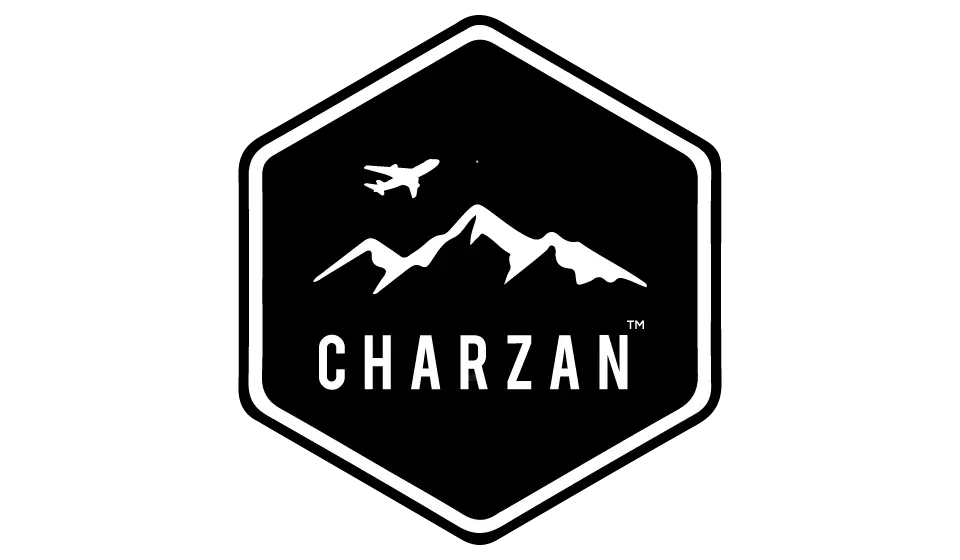

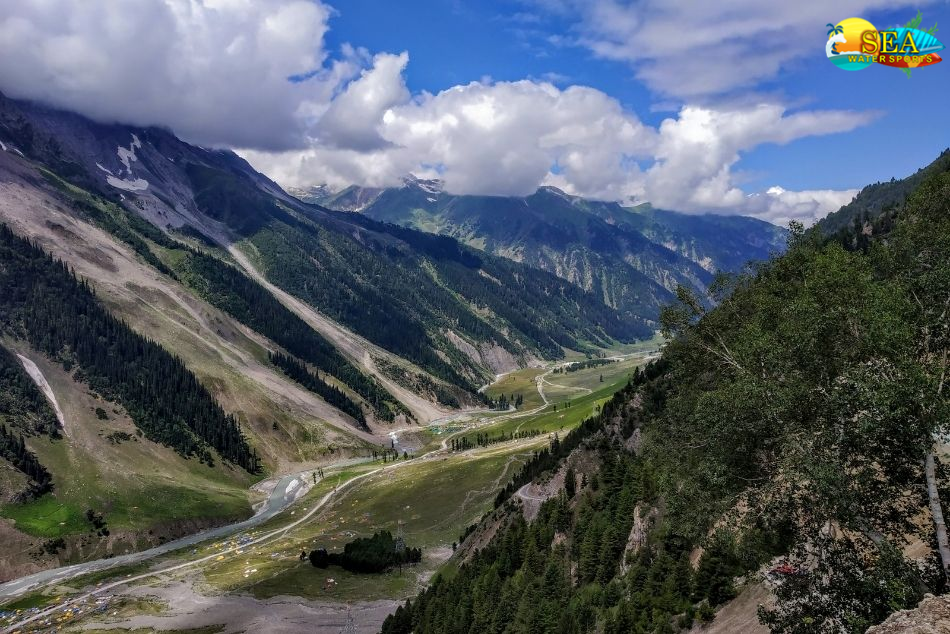
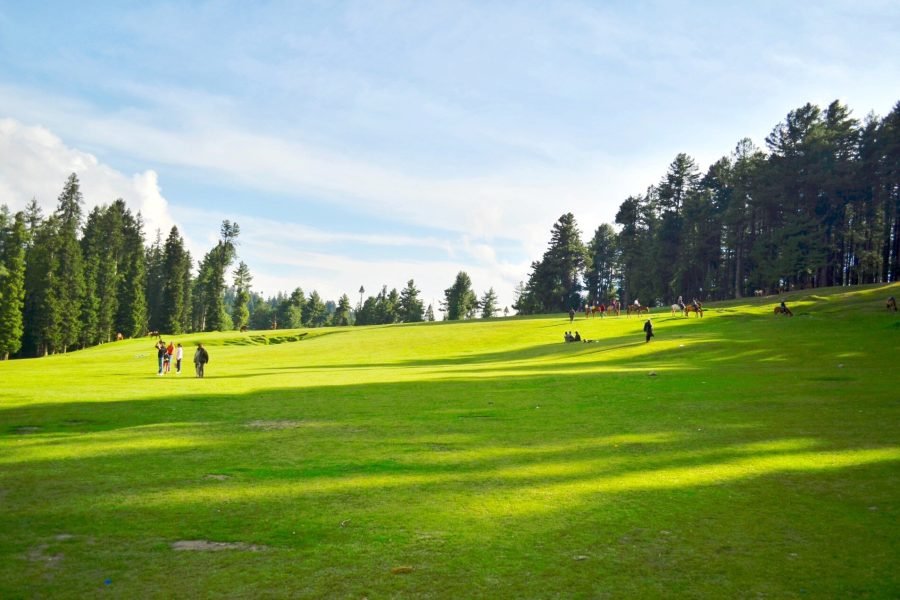
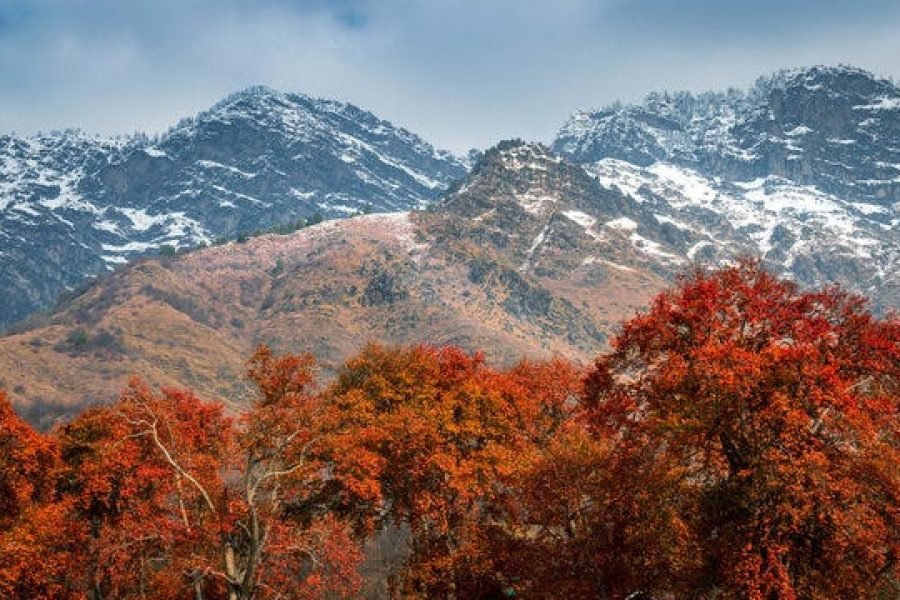

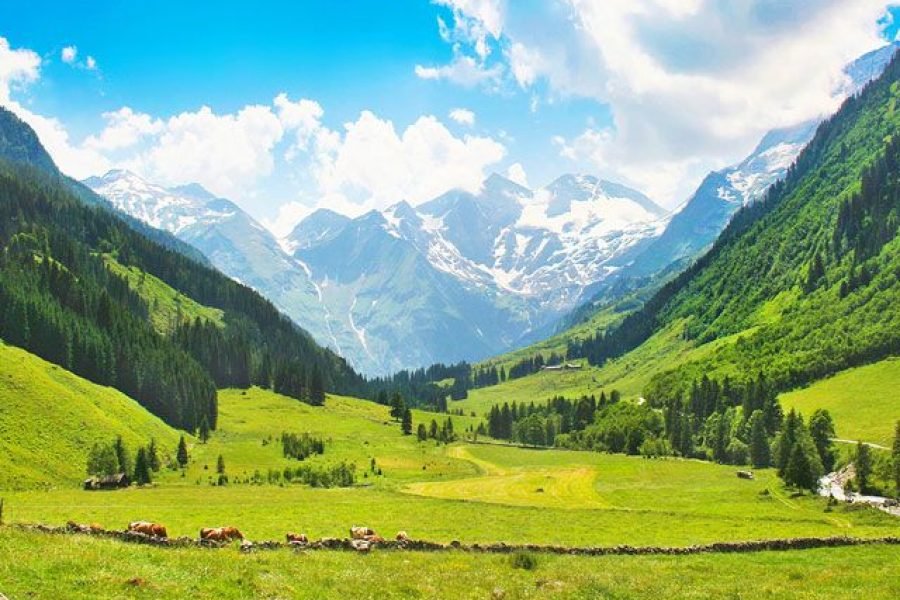
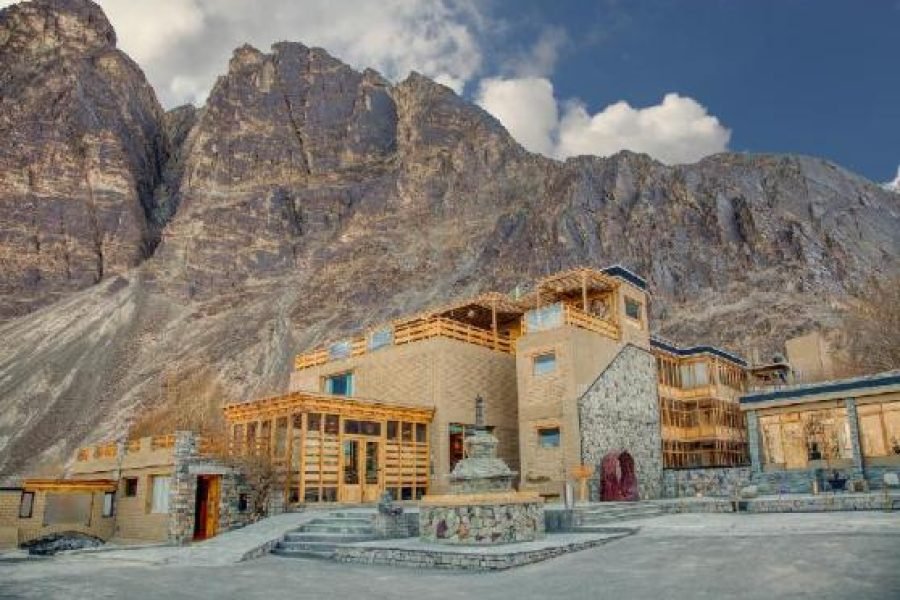

0 Comment